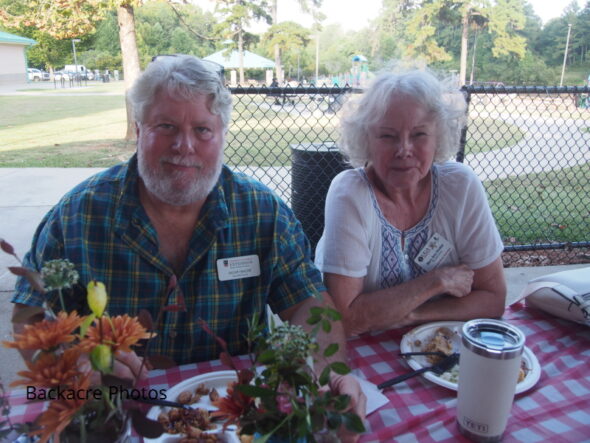Desert Willow Dotted Gayfeather Dwarf Sneezeweed Eastern Red Columbine Elephant Foot False Aster Foxglove Garlic Chives Giant Ironwood Golden Ragwort Illinois Bundleflower Indian Pink Jewels of Opar Joe Pye Weed (Spotted) Lanceleaf Coreopsis Late Boneset Long-sepal Beardtongue Lyreleaf Sage New England Aster New York Ironweed Obedient Plant Related Images:


